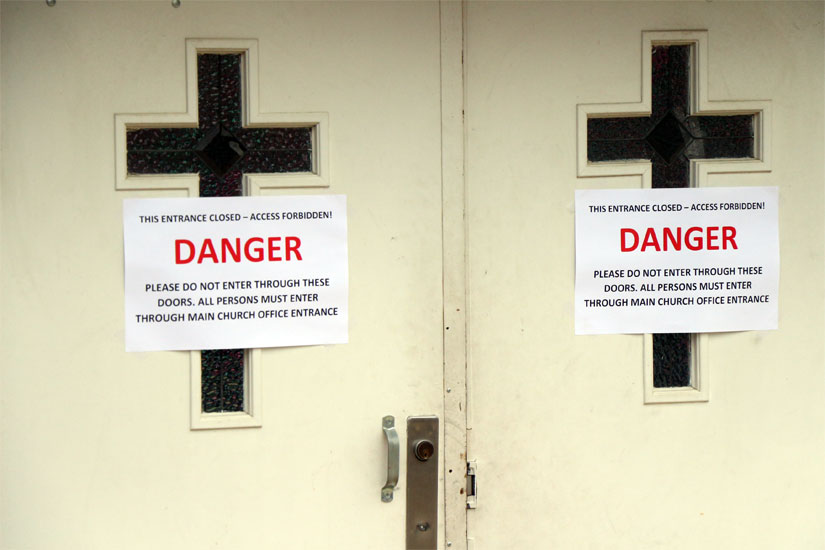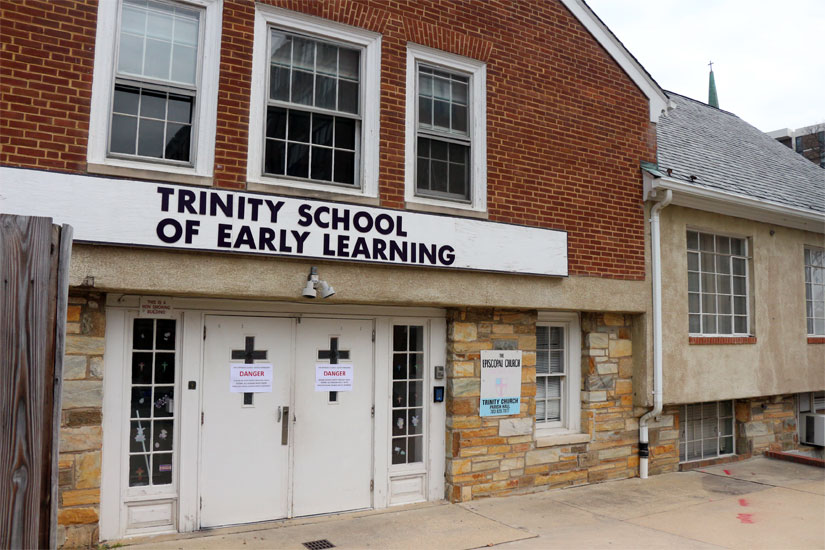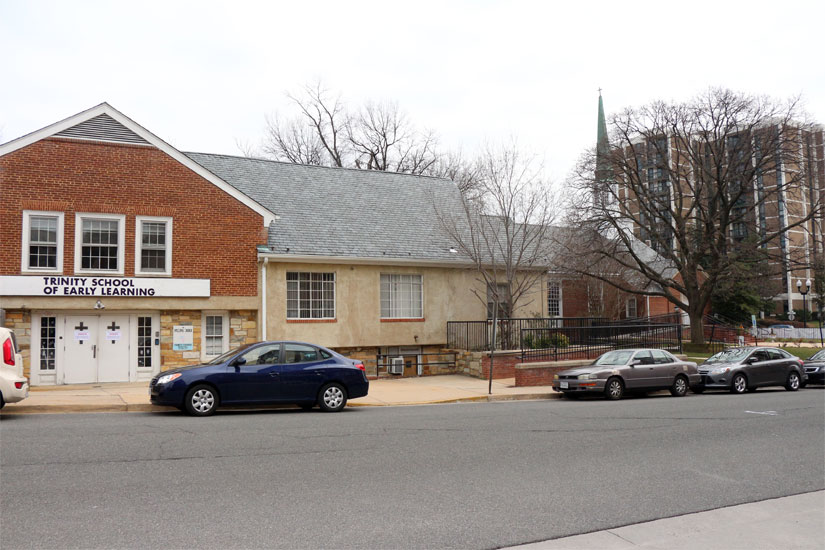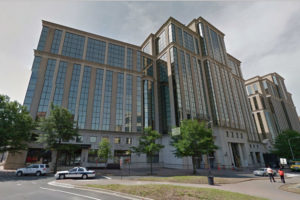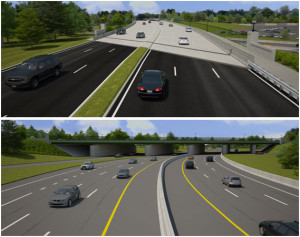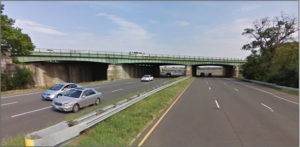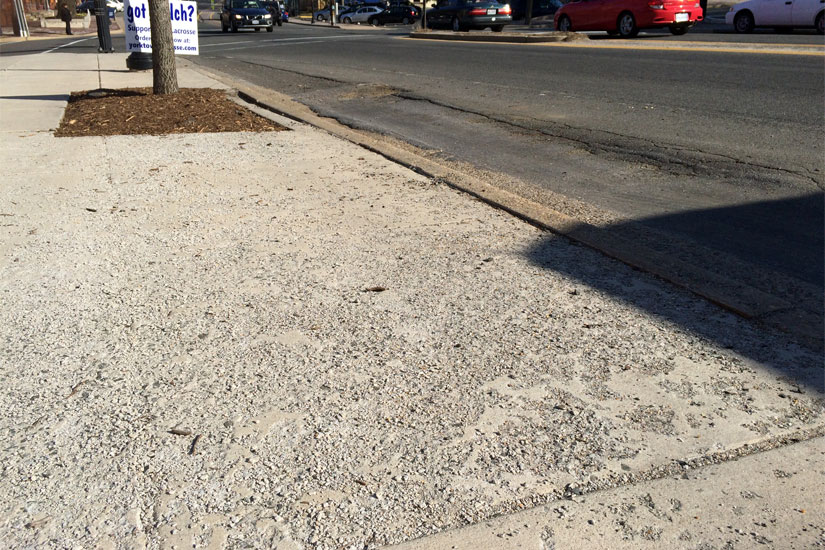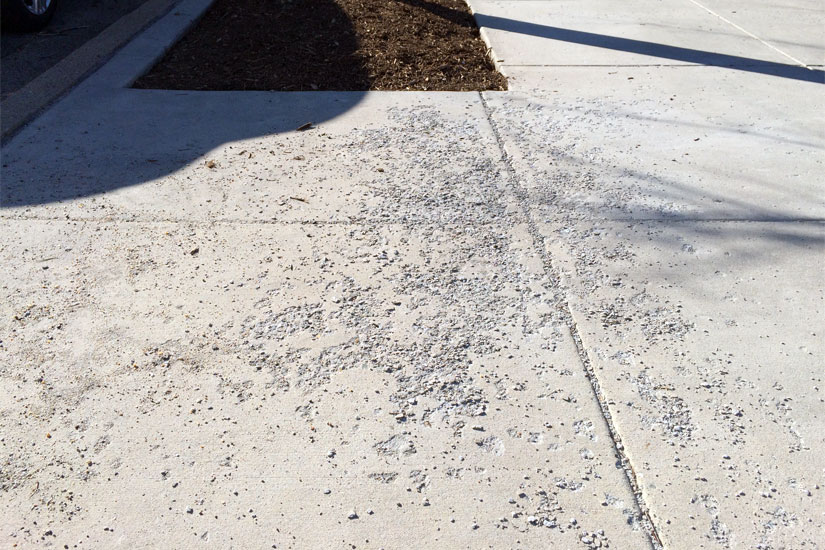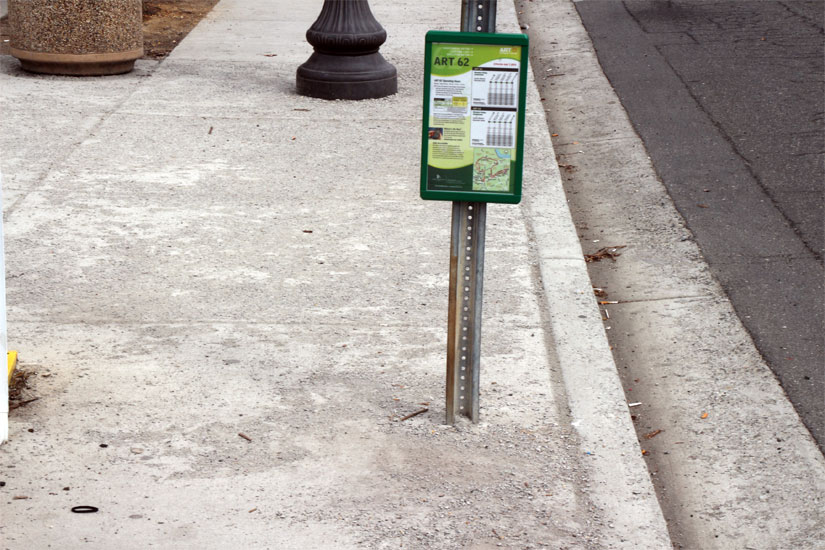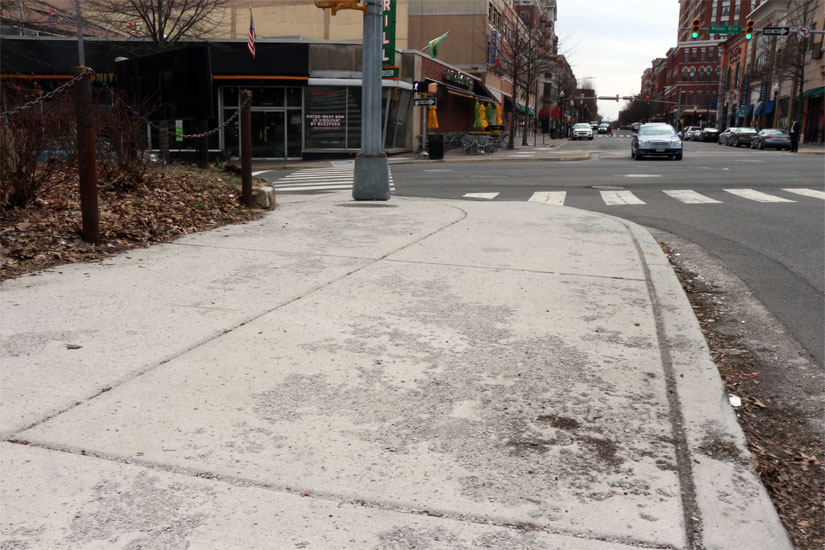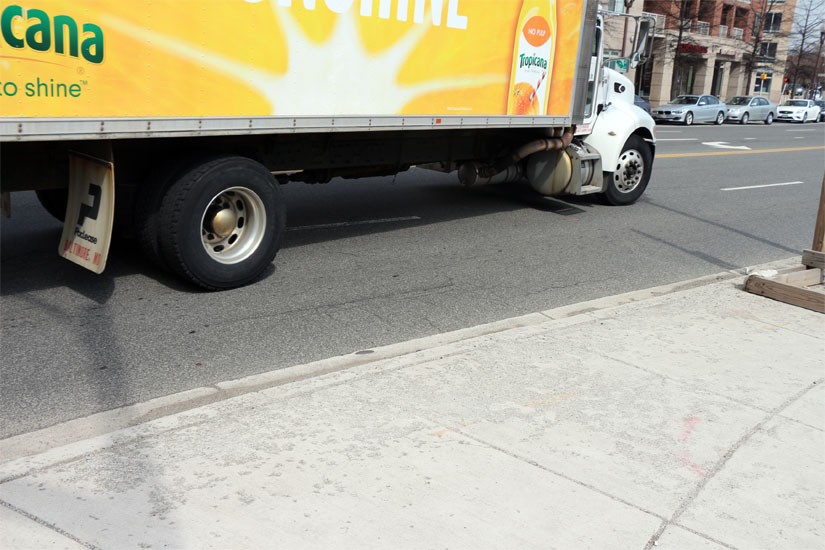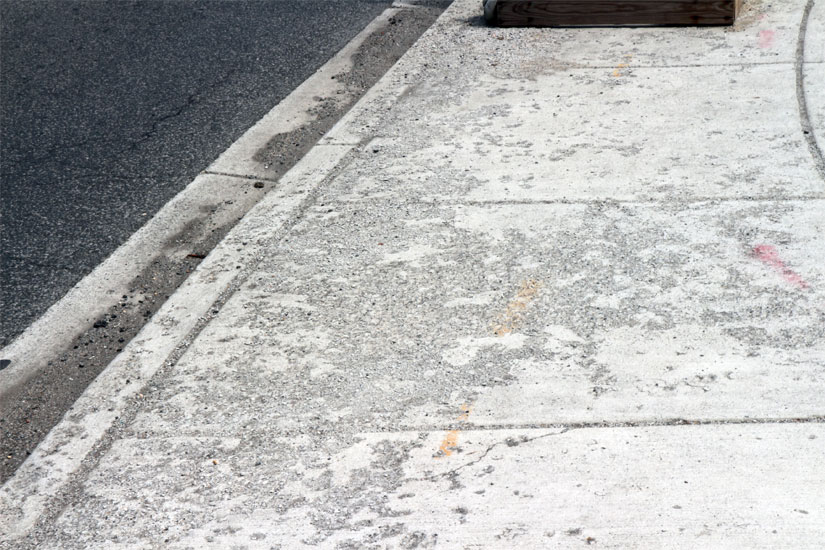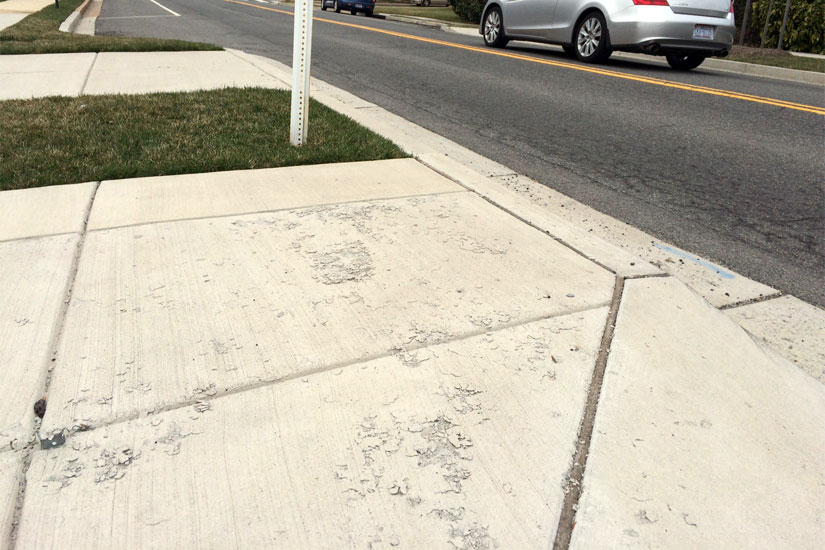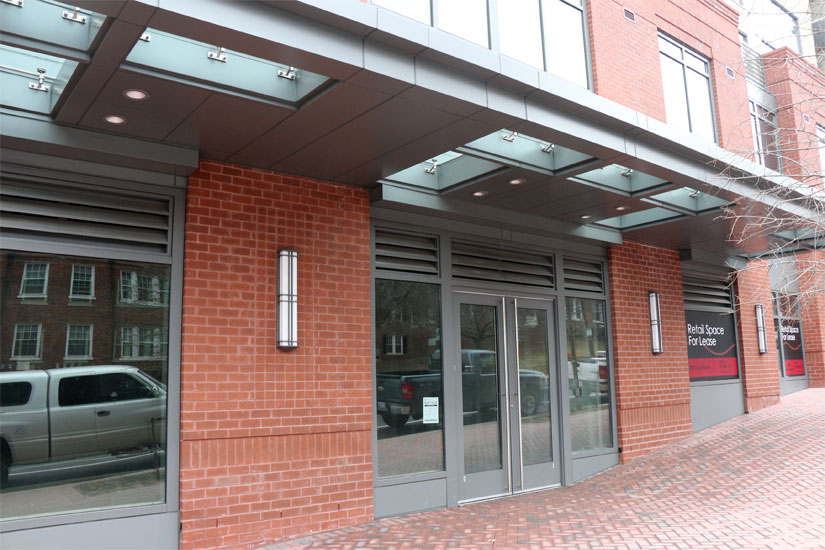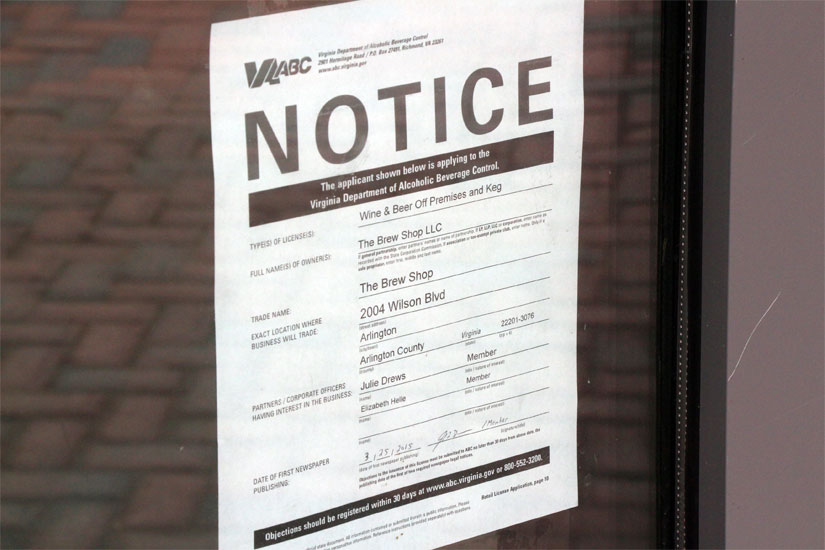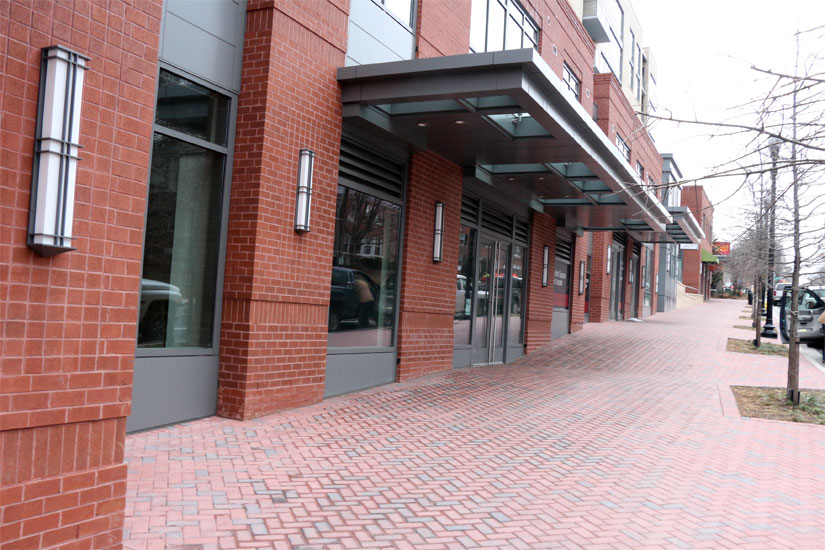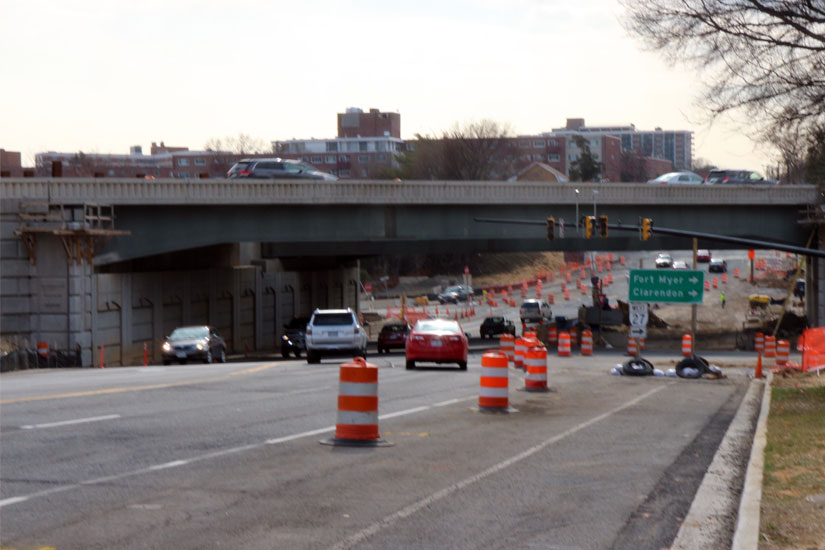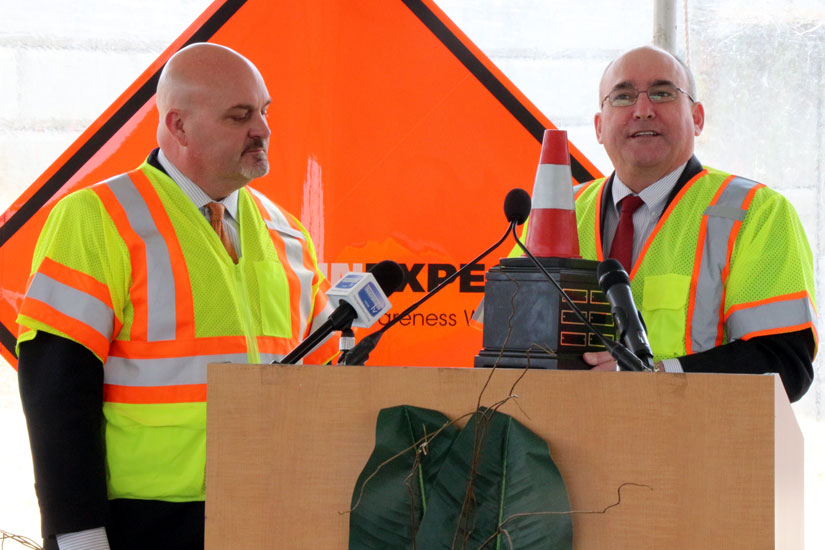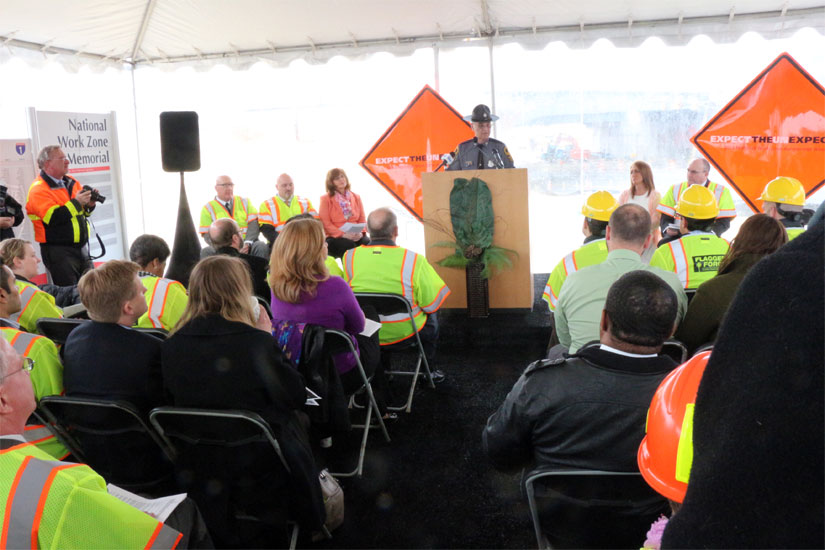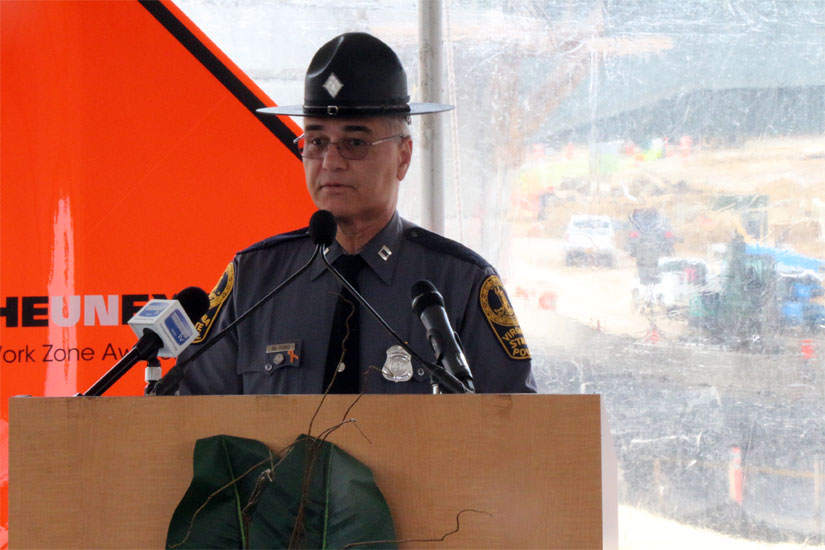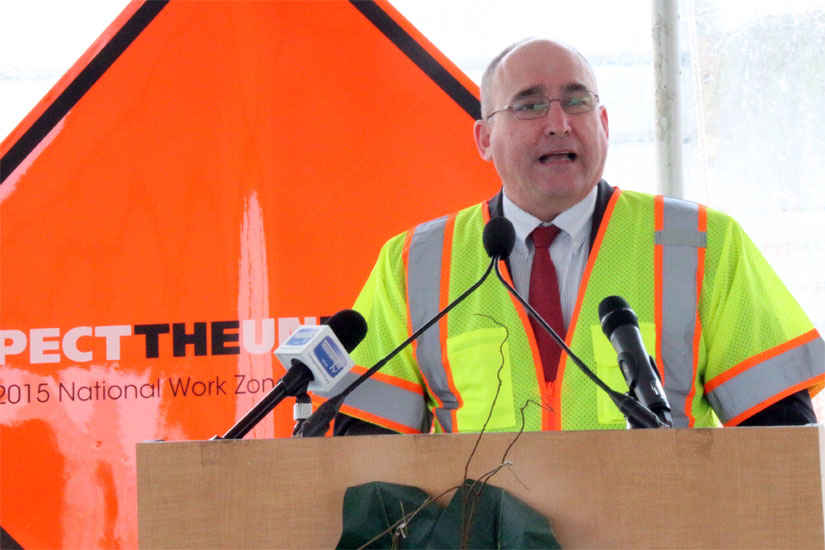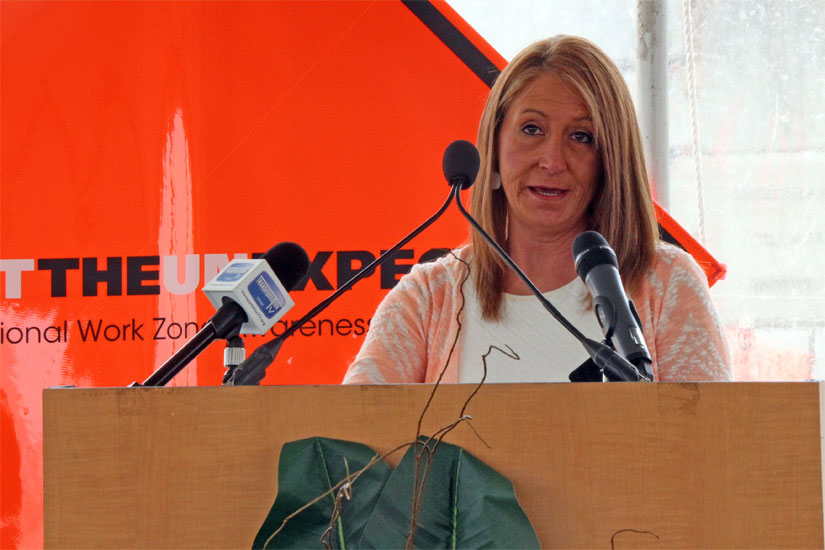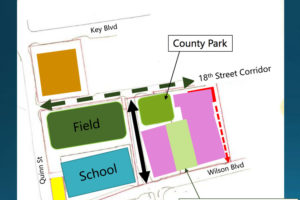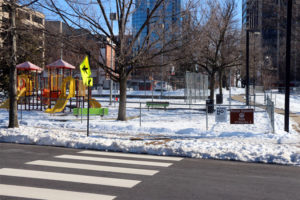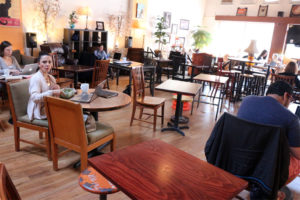A Columbia Pike church preschool has shut down indefinitely after asbestos dust was found in the floors.
Trinity Episcopal Church‘s School of Early Learning sent out a letter to parents on Tuesday, confirming the presence of asbestos dust in the air at the school. The church’s rector, Rev. Kim Coleman, also serves as the school’s headmaster and said the more than 100 students will not be allowed to enter the building for an “indeterminate amount of time.”
“We are presently looking for a temporary site for the school and as soon as we have more information we will let you know,” the letter states. “Please know that we are sorry for these unexpected developments and hope you understand that the measures we are taking we consider to be in the best interest of our students and staff.”
When reached by ARLnow.com, Coleman declined to comment before she could speak to the church’s board. A tipster, who sent us Coleman’s letter, said volunteers were cleaning the preschool when they ripped up flooring, releasing asbestos dust into the air.
“Chaos ensued when folks figured out what had happened,” the tipster wrote. “School was canceled indefinitely. Testing occurred, it came back positive, and now 100-plus kids don’t have a daycare to go to. Who knows if the church has the money to remediate asbestos.”
Coleman’s letter said the church has “consulted a professional asbestos remediation company” and was hoping for an estimate yesterday. The Trinity Church building was built in 1957, and the congregation is 111 years old. Trinity traces its origins back to a chapel for local slaves built by George Washington Parke Custis in the early 1800s, according to the church’s website.
Update at 4:05 p.m. Friday — Rev. Coleman tells ARLnow.com: “We have been dealing with this situation with an abundance of caution and with the advice of environmental professionals since we became aware of it. We will develop a plan of action for going forward as soon as possible and we are keeping the parents apprised of the situation. Our building was built in the early 1950’s and our program currently has 75 students enrolled.


